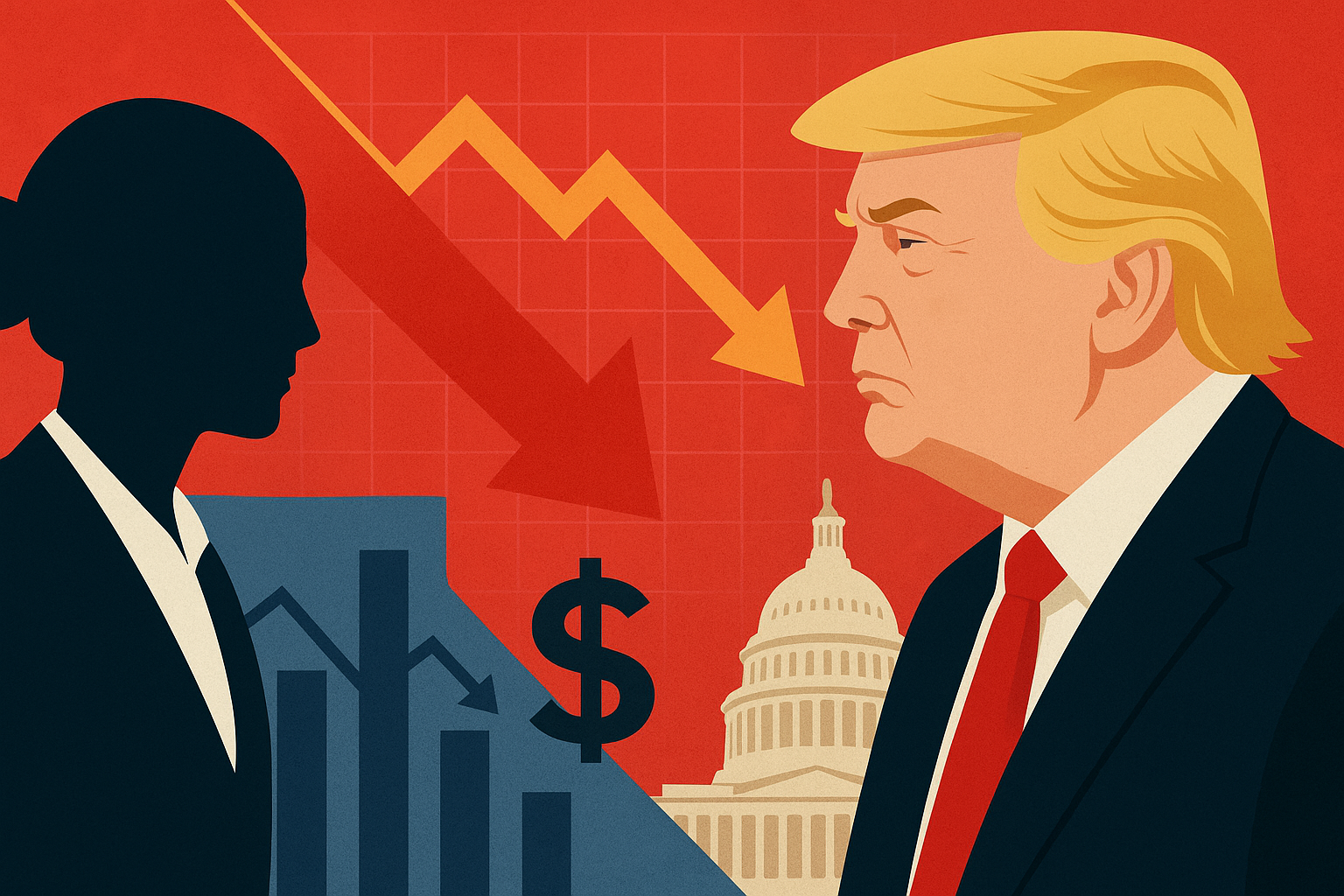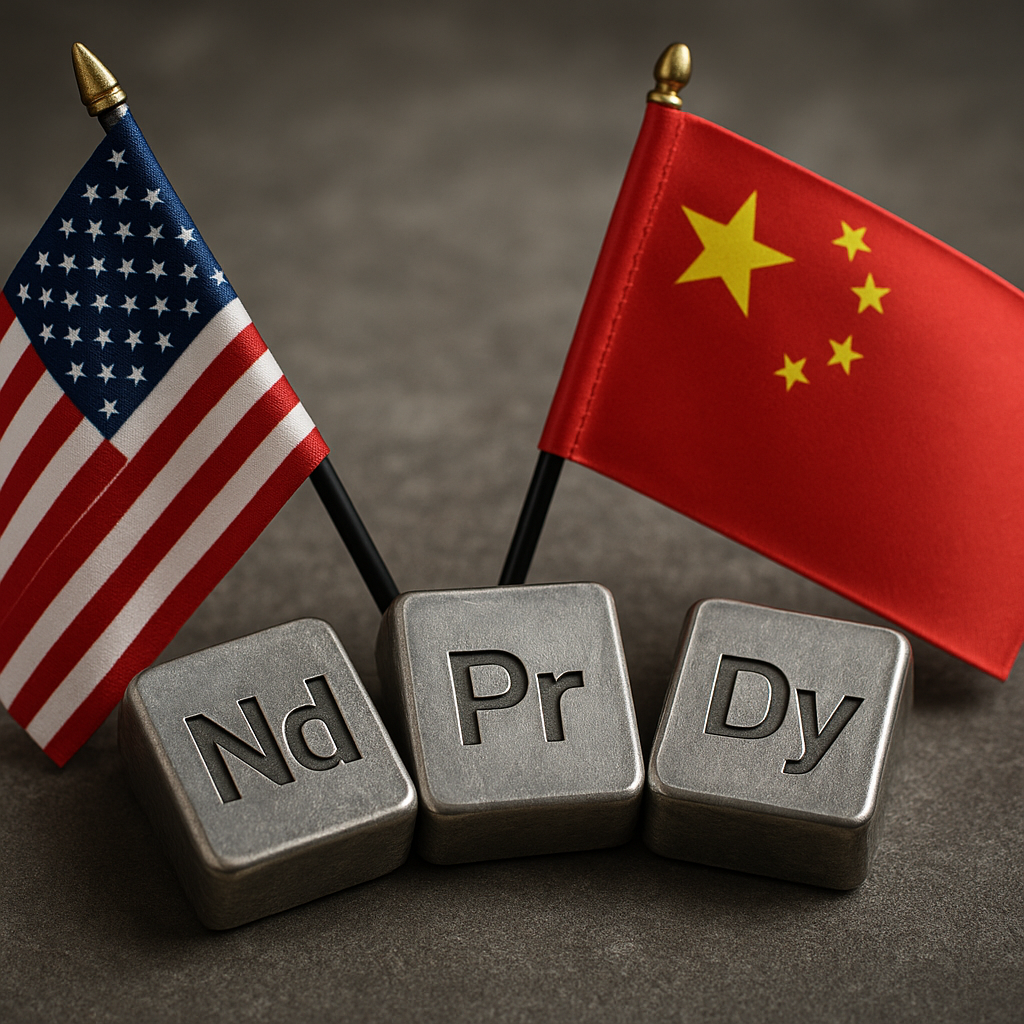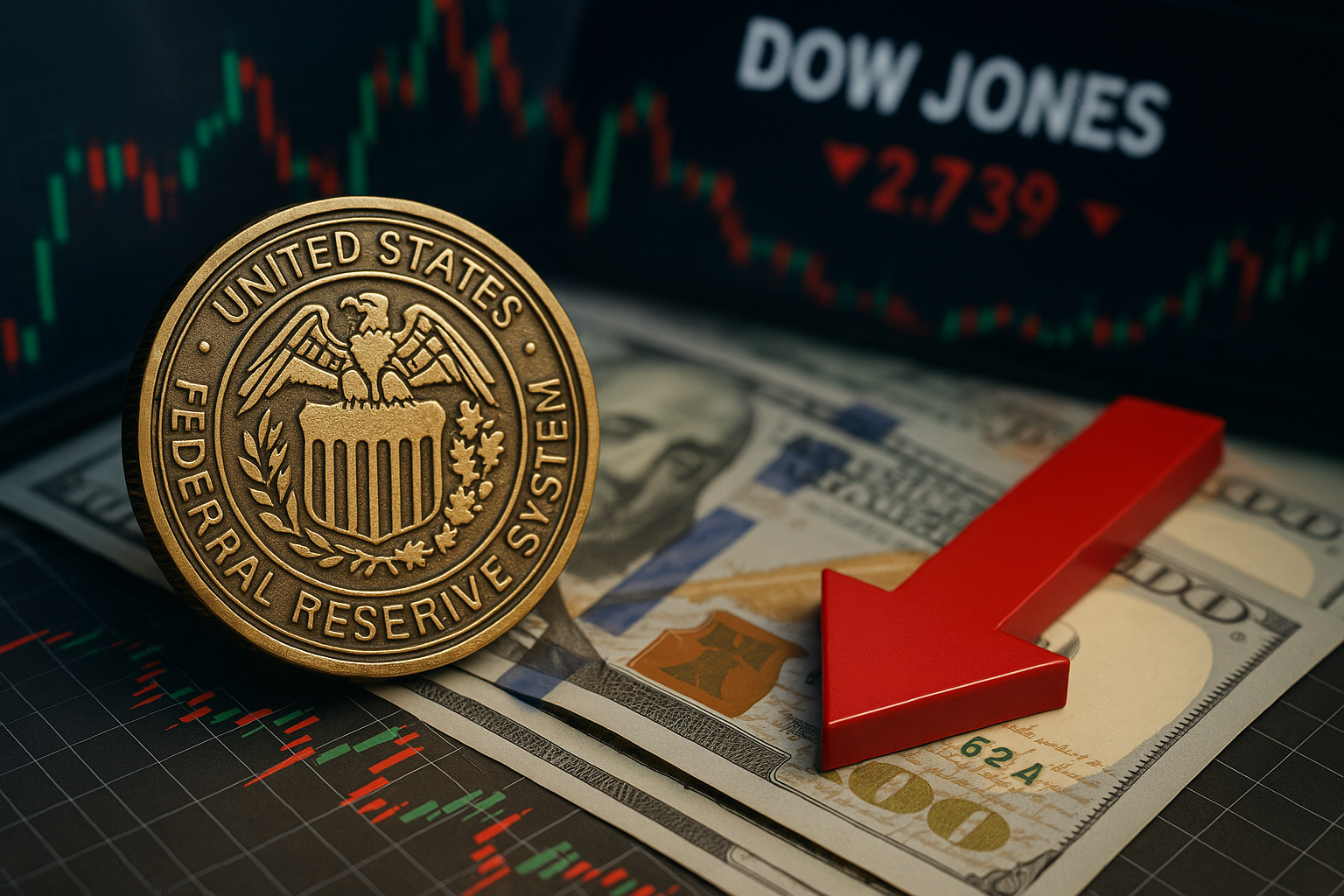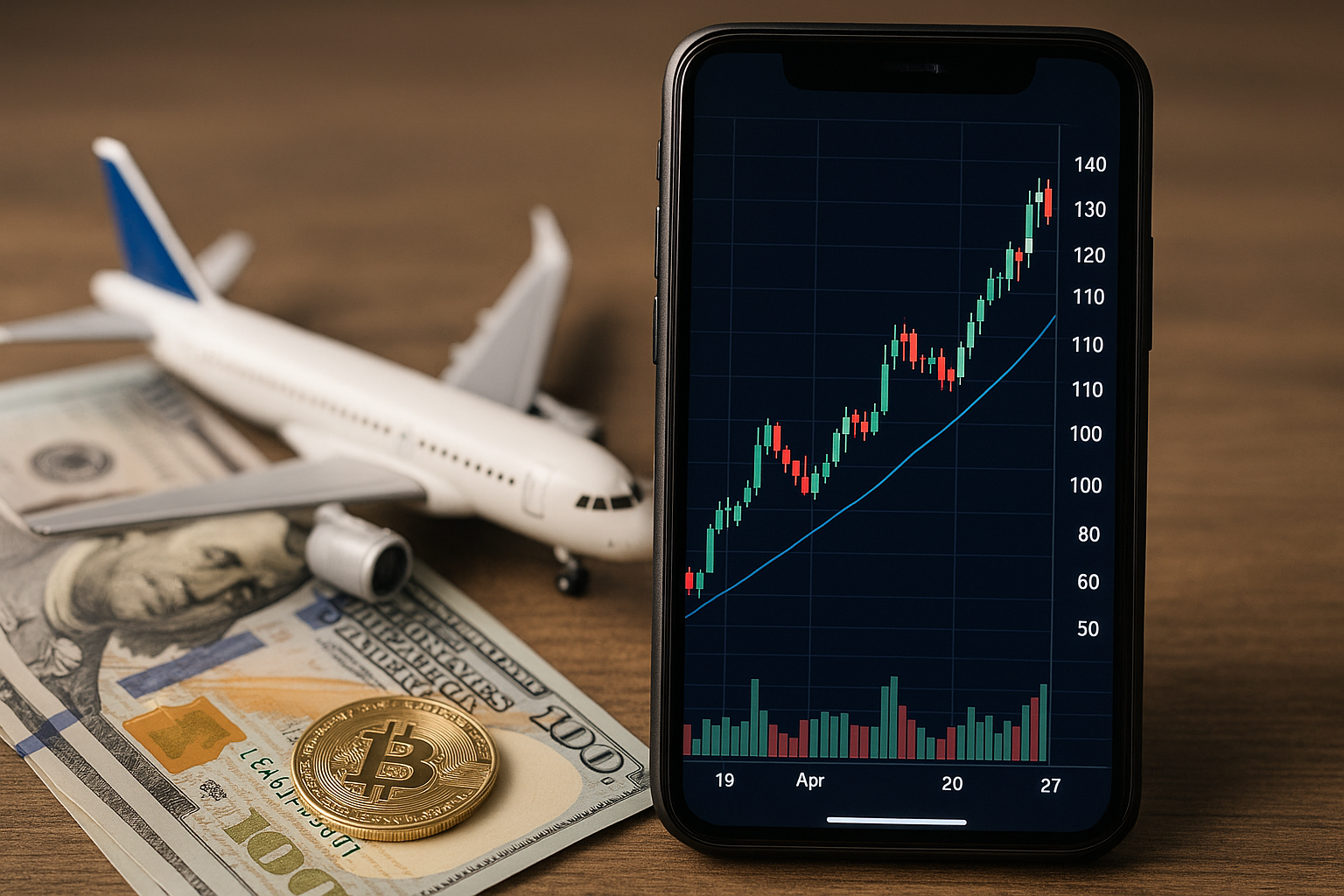Markets woke up rattled on Tuesday after President Donald Trump’s abrupt dismissal of Federal Reserve Governor Lisa Cook sent U.S. stock index futures lower. The rare intervention has reignited fears about political interference in the central bank’s decision-making process—a cornerstone of investor confidence in financial markets. With Treasury yields climbing and the dollar under pressure, the move has placed fresh uncertainty at the heart of Wall Street’s outlook just as the market braces for Nvidia’s highly anticipated earnings.
Why This Matters for Investors
The Federal Reserve is widely viewed as the world’s most important central bank, with decisions on interest rates rippling across global equity, bond, and currency markets. The removal of a sitting Fed governor by the White House is almost unprecedented in modern history.
According to Reuters, futures tied to the S&P 500 fell as much as 0.6% in pre-market trading, while Nasdaq futures dipped around 0.8%. Longer-dated Treasury yields pushed higher, signaling expectations of policy instability, and the dollar index slid as traders adjusted their bets on future rate moves.
For investors, this raises two immediate risks:
- Rate Volatility – With one less dovish voice on the Fed board, speculation will increase over whether policy could swing more hawkish or politically driven in the near term.
- Credibility Concerns – A perceived erosion of Fed independence could drive international capital outflows, weakening confidence in U.S. assets.
Political Pressure Meets Market Fragility
Trump’s move comes at a delicate time for the markets. The economy has shown signs of resilience, with GDP growth tracking near 2.1% for Q2, but inflation remains sticky at 3.4%—above the Fed’s 2% target, according to the latest Bureau of Economic Analysis data. The central bank has been attempting to balance rate hikes with growth risks, but political interference could tilt that calculus.
Analysts at Goldman Sachs warned in a client note that “any perception of diminished Fed independence will likely be priced in as a risk premium across Treasuries and equities.” Meanwhile, Barclays noted that the rise in long-duration bond yields—already up 15 basis points this month—suggests that investors are demanding extra compensation for political risk layered onto rate uncertainty.
Global markets also reacted. Asian equities ended mixed, while the euro gained against the dollar in early trading, reflecting a shift in capital flows to perceived safe-havens outside the U.S.
Investor Sentiment Hinges on Nvidia
Adding to the volatility is the upcoming earnings release from Nvidia, the $3 trillion chipmaker that has become the poster child of the AI investment boom. With AI demand driving semiconductor valuations to record highs, Nvidia’s results will serve as a litmus test for whether tech optimism can counterbalance macro-political risks.
Market participants are split. Some expect Nvidia to report another blowout quarter, reinforcing confidence in the AI trade. Others warn that any earnings miss could trigger a sharp correction across tech stocks already priced for perfection.
“The juxtaposition of political risk at the Fed and earnings risk at Nvidia creates a potentially explosive setup for markets this week,” said Lindsey Piegza, chief economist at Stifel, in comments reported by Bloomberg.
Future Trends to Watch
- Fed Appointments – Investors should closely monitor who Trump nominates to replace Lisa Cook. A hawkish appointee could shift policy bias, while delays in Senate confirmation could leave the Fed gridlocked.
- Bond Market Stress – Elevated yields may signal tightening liquidity conditions. Watch the 10-year Treasury yield, which has now crossed 4.5%, as a key stress barometer.
- Global Spillover – Emerging markets, already under pressure from strong U.S. rates, could face capital flight if dollar weakness accelerates.
- AI Tech Valuations – Nvidia’s report could either validate continued investment in AI stocks or trigger a sector-wide correction.
Key Investment Insight
The dismissal of a Fed governor underscores that political risk is now front and center for investors—an unusual development in U.S. markets. This environment favors:
- Defensive assets such as gold, utilities, and long-duration Treasuries.
- Rate-sensitive sectors like banks, REITs, and housing, which could see whiplash as policy expectations shift.
- Global diversification strategies to hedge against U.S. political volatility.
In the near term, volatility spikes should be expected. For nimble investors, this may also open tactical opportunities in volatility hedges or safe-haven currencies like the Swiss franc and Japanese yen.
Stay Ahead with MoneyNews.Today
As markets grapple with the twin pressures of political intervention and AI-driven earnings risk, one thing is clear: volatility is back on Wall Street. Investors seeking clarity in uncertain times should stay tuned to MoneyNews.Today for daily insights, credible analysis, and actionable strategies to navigate shifting global markets.





